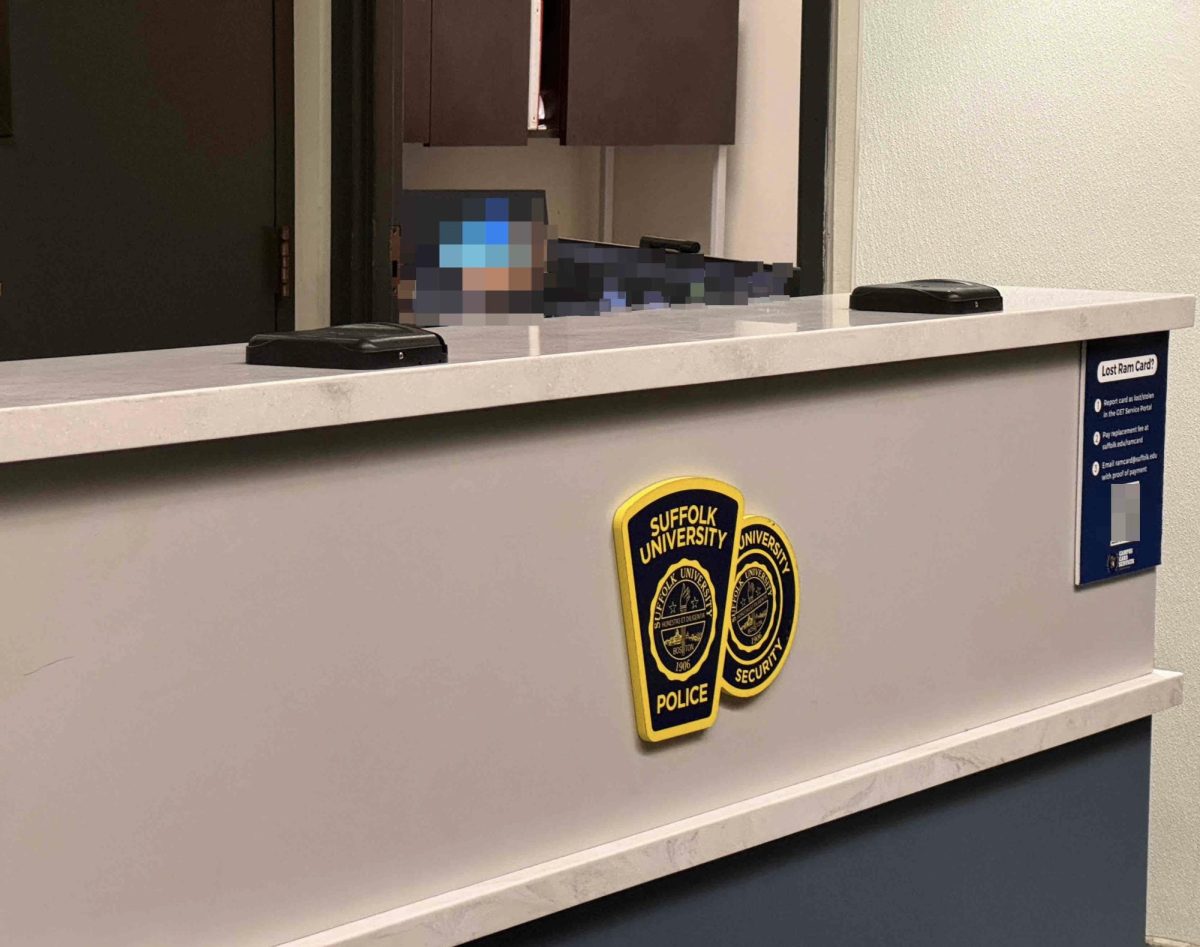Suffolk University has taken what seems to be a good security measure, tapping ID cards at each building and strict guest policies, just a bit too far. From inefficient design, to lapses in enforcement, Suffolk’s security leaves much to be desired.
To understand Suffolk’s approach to security, it is important to understand the concept of security theater. According to Bruce Schneier, “the phrase ‘security theater’ refers to measures which are undertaken not because they will be effective at thwarting attacks, but because the agencies carrying them out need to appear to be doing something useful,” Jeff Wise wrote in a “Popular Mechanics” article.
While I fully understand where the Suffolk University Police Department and Suffolk security are coming from with their policies and procedures, the way it has been implemented in nearly every building leaves a large amount to chance. The term ‘security theater’ describes the futile efforts of Suffolk security very well in this scenario.
Suffolk first introduced ID scanning to dorm buildings in 2013 following the bombings of the Boston Marathon. Prior to this, the university would place a colored sticker on each student’s ID to identify the hall in which they were living. Every student, just as today, had to tap their ID to open the exterior door, but the Suffolk security guard would check the sticker.
I transferred to Suffolk this fall, and at my previous university, we only had to tap our ID to open the doors to dorm buildings, nowhere else. We never had to tap it to enter any academic buildings. The only exception was the turnstiles we had to enter at our dining halls – though, this was less a security measure, and more a way to deduct a swipe from our accounts.
Scanning IDs to enter every single academic building, at least in its current state, is entirely redundant. This is because in most cases, a person could easily bypass the security desk and never have their ID checked when entering if there is any amount of a crowd.
Even in Boston, I have visited many other colleges, and universities, and none of those schools, such as Boston University, Northeastern or Emmanuel College, require any of their students to stop, tap an ID and only then continue on to their destination. Those same students almost never interact with security personnel at their schools. Tapping your ID is, however, required at the residence halls of these other institutions.
The poster child for this is Samia Academic Center. When entering, you are required to bypass the staircase located next to the entryway and scan your ID card at the security desk on the opposite side of the lobby. Only after you wait to scan your ID can you fight your way through the inevitable crowd to get back to the stairs.
For context, the desk in Samia only has two ID card readers, for 11 floors of office, classroom and dining space. Only one of those readers is even situated in such a way as to be convenient for the vast majority entering the building to use.
The same sort of issue exists for 73 Tremont Street, where if you enter from the main entrance, you are greeted by a long walk to a single person in a semi-enclosed desk with only a single card reader. This desk is extremely far from the entrance of the building. It also has an obstructed view of the entrance, allowing anyone to just jump over the rope blocking the stairs and gain entry to the building that way.
Suffolk security blocked off the stairway in the lobby of this building that leads to the second floor landing, making access to the library and elevators infinitely more difficult: not to mention the potential safety hazard posed during an evacuation.
The issue of building access can be solved if our security team had any desire to improve the situation. One of the core beliefs of ‘security theater’ is that it still costs the same as effective security, but does not deliver adequate security gains. Imagine the TSA putting you through an X-Ray machine, just to take your water plastic bottle. Moreover, virtually every office building in Boston has access control systems that involve turnstiles, much like those implemented by the MBTA, that would require you to tap your ID before they opened.
Envisioning how these could work at Suffolk is simple. Samia is the perfect example. In the building, there is a very large vestibule where the University could install the turnstiles. This would allow students to enter the building faster, along with also being more secure because they provide a physical barrier to bad actors who try to enter the building.
This system for entering a residence hall works fine at Suffolk because they were designed for the access control the university has implemented. However, Suffolk needs to take a deep look at whether the policies in place now are truly making a positive difference, or if they are just wasting money on a system that can be thwarted by a busy lobby.








